Avoid Paint Flashing, Streaks, Lap Marks On Wall
Knowing how to avoid paint flashing, streaks, or lap marks will keep your sanity when using a roller. This article describes painter's tips, tricks, as well as knowledge not having any of these inconsistencies on walls, after painting is completed.
First, let's define paint flashing. Paint flashing is an appearance where dried paint looks heavier in some areas, but not others. Streaks on the other hand is long skinny paint unevenness. Lap marks can be described as paint streaks, but paint streaks cannot always be thought of as lap marks.
For this example, we will be using a schedule 5 drywall area, being perfectly smooth.
If you continue doing the same thing, resulting in paint flashing, only two causes. Either walls actually have something causing them, or it's a painters unknowing painting habits / techniques.
Most novice painters automatically feel like they caused it, but not necessarily so. After reading this, you'll know if it's the painters fault, or underlying problem.
How To Avoid Paint Flash, Streaks, Lap Marks On Wall Surfaces
Avoiding paint flash is number 1 on every person's mind, painting a wall or ceiling. Of course all painters pro or novice, decide using a paint roller painting larger surfaces.
Just as paint rollers were invented to cover larger surface areas, than a paintbrush, high quality paint rollers can cause paint flash, actually streaks, if not careful.
Understanding how to properly roll-out a wall will limit any possible lap marks, or streaking.
However, if you've correctly painting out a wall, marks still showing, it's most likely underneath, problems with drywall. Because let's face it, if painting ceilings, not wishing to paint walls, you'll need some other tips, besides not wanting any flash, streaks, or lap marks on ceiling surfaces.
Tips & Ideas Eliminating Paint Flash, Streaks & Lap Marks
- Use drywall primers (PVA)
- Keep roller frame same direction
- Paint large W on walls or ceilings
- Inspect roller for paint build-up
- Cleaning roller during painting process
- Submerge roller in paint, cover with plastic when not in use
Having rolled out countless walls & ceilings, remembering a few exact examples about this situation. We were called upon to repaint a room's ceiling and walls with a smooth drywall skimmed, level 5 finish.
Before we started, I took my hand on unpainted surface, looking away, opposite direction, running my hand across the surface, from left corner of room, to right corner. Being able to feel slightest deviation of smooth, knew it would show, causing a flash.
Since this was fresh unpainted wall surface, w/a level 5 smooth drywall finish, feeling anything other than smooth, we marked it with a carpenter's pencil, for another skim coat, sanding out. After all areas perfectly smooth. Our next step to avoid paint flash was to prime drywall using a Polyvinyl Alcohol (PVA) drywall primer.
Not only does a PVA seal drywall, allowing your interior wall paint go on most evenly, but this allows a human eye see drywall imperfections much easier, before final wall paint is applied. Very important priming walls first.
We always prime new drywall, not matter what drywall finish, or texture. Limiting any paint flash, being able to see drywall much better, than no primer. After primed drywall, not seeing any hick-ups, painting finish coats are all on your shoulders. If any paint flashing occurs after PVA, it's probably a painter's responsibility.
When working with a new home builder, we prime walls, we request a walk-through, examining wall surfaces. Any problems can quickly be noticed with a primer on it. Allows any thing visible to be fixed before we put apply final paint coats. Because once we paint, it's their baby. Any underneath flashing is someone else's problem, not ours, saving our time, labor, and pocketbook.
Tips To Avoid Paint Streaks With Roller
OK, so you've primed drywall, using a flat drywall primer (PVA), everything looked good, but still need tips to avoid paint streaks. As you are rolling out walls, paint is wet, you may see paint streaks during it's drying process, this is typical. However, main wish is having paint dry uniformly.
Knowing how to properly roll out walls, using a quality paint roller will limit any possible paint streaks, plain and simple.
Think of a paint roller frame as an arrow. Paint roller shaft holding paint roller skin is the pointer. Starting from left to right, have roller frame pointing right. If you start from right to left, have roller frame pointing to left. Always keeping roller frame same direction, never flipping it over after putting more paint on roller each time.
Reason this can happen if flipping frame after dunking roller into paint each time is frame's pressure is greater nearest the shaft, than outer edge.
This is the most common cause having paint streaks, flipping roller frame as you roll out walls. If you cut-in, brush corners first, you will not need to flip roller frame once you get to opposite corner of wall, frame not allowing you painting all the way.
Cutting in corners, above baseboards, also corners at ceilings, allows a painter to easily properly roll out wall surfaces w/o having to flip roller frame one iota, eliminating any possible paint streaks.
Ideas To Avoid Lap Marks
Our best ideas avoiding lap marks on walls / ceilings is how we actually apply paint from a roller. Keeping lap marks to their minimum, once we dunk a roller into paint, rolling off excess before rolling out walls, using a bucket grid.
Once excess is off roller, roller still heaviest with paint, loaded up. Quickly putting roller on wall surface, painting a big W. Then coming back, rolling out large W, which will keep any lap marks from showing.
After painting a good size W, roll out, overlapping previous rolled paint stroke at least 50%. This way, not leaving any lap marks whatsoever.
Lastly, if you've followed everything else, still seeing lap marks, it could be the roller itself. Consistently inspect for any wet paint build-up near frame where roller skin is attached, and/or outside edge of roller skin. Sometimes after using a roller for a while, globs of paint can build up, requiring to take a rag, wiping it off.
Keeping Roller Clean From Paint Build-up
Heck, using some interior paints, requires cleaning a roller and it's frame in the middle of a paint job. Keeping a roller clean also helps eliminate any paint splatters, drips, or paint boogers, for a uniform paint finish, avoiding lap marks all together.
As you are rolling out walls, spending several hours submerging roller, rolling out walls, you'll see paint build-up collecting on it's frame. This is typical, but not for finished walls.
Best to have a rag handy, wiping excess paint build-up off, eliminating paint inconsistencies while you are in the paint rolling process.
Pro Painters Cut-in First, Limits Lap Marks
Even novice or weekend warriors who want to paint should follow steps professional painters use, cutting in a wall first, before rolling it out. Yes, this procedure most tedious, time consuming, but has the most reward.
Cut-in corners where walls meet ceilings, corners, also baseboards using a quality paintbrush is most important obtaining a professional paint job. Brushing, cutting-in at all 90 degrees limits lap marks, not requiring a roller to paint all the way in corners.
Try remembering this for your next interior painting project, making final paint coating exactly what you expected, w/o flashing, streaks, or lap marks. Matter of fact, these are exactly same methods we use on a daily basis, painting interior walls using a roller.
These same techniques experienced painters use, are free to duplicate in your paint project, knowing how to paint baseboards without brush marks, lines, or streaks.
Another Lap Mark Tip
Proceed not letting paint dry out on roller frame, while in painting process, say taking a lunch break, you might want to submerge roller in the paint, placing a sopping wet rag over bucket, or a sheet of 3M drop-film over it. Coming back, roller, grid, with paint not caking up.
If you've completely given up, throwing your hands up, seeing streaks, flashing, or lap marks & you're in the Denver CO. area, look up a legendary, professional painting contractor handling this for you.
If these tips & tricks helps you eliminating any paint flashing, streaks, or lap marks, please like, share, and/or comment below!

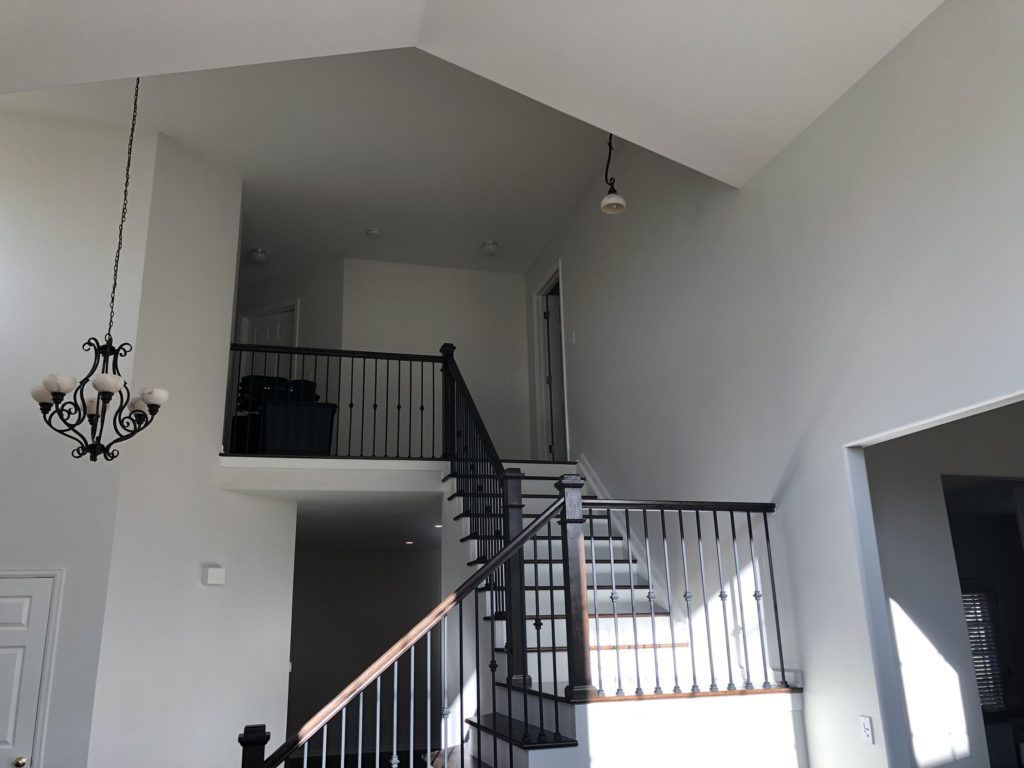
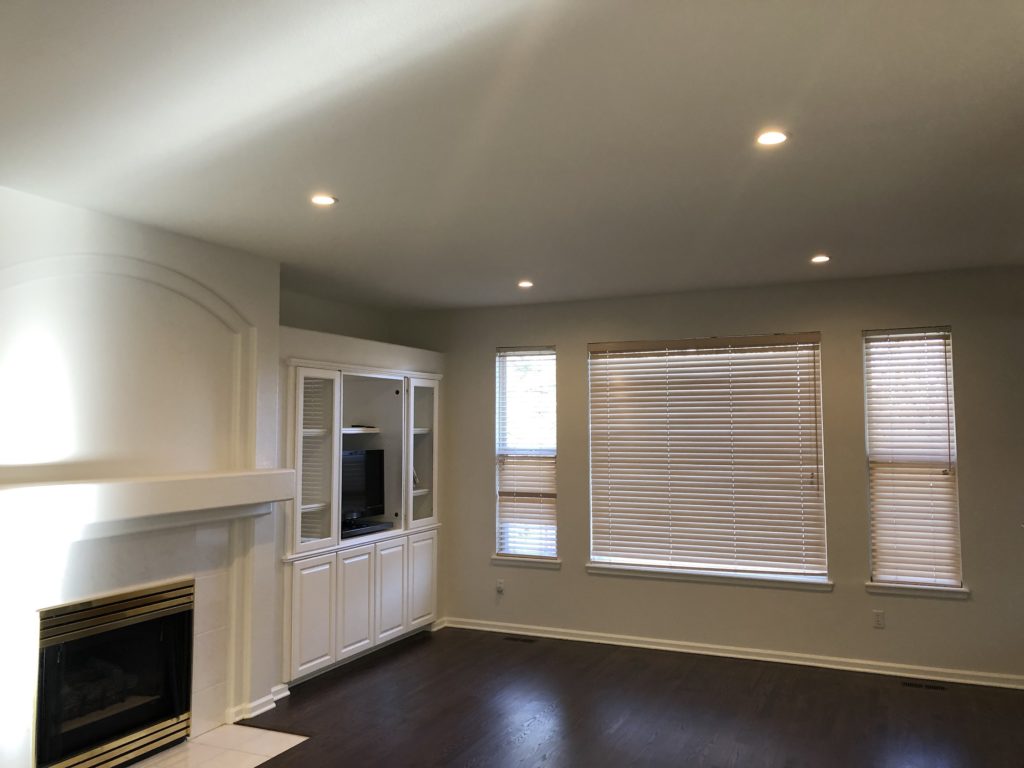
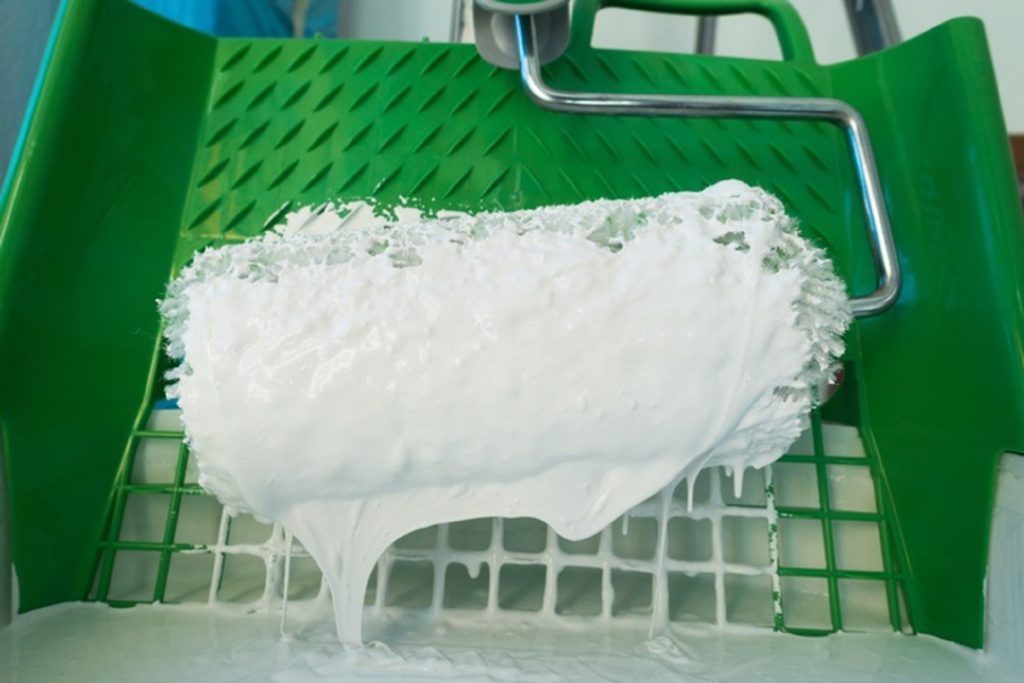
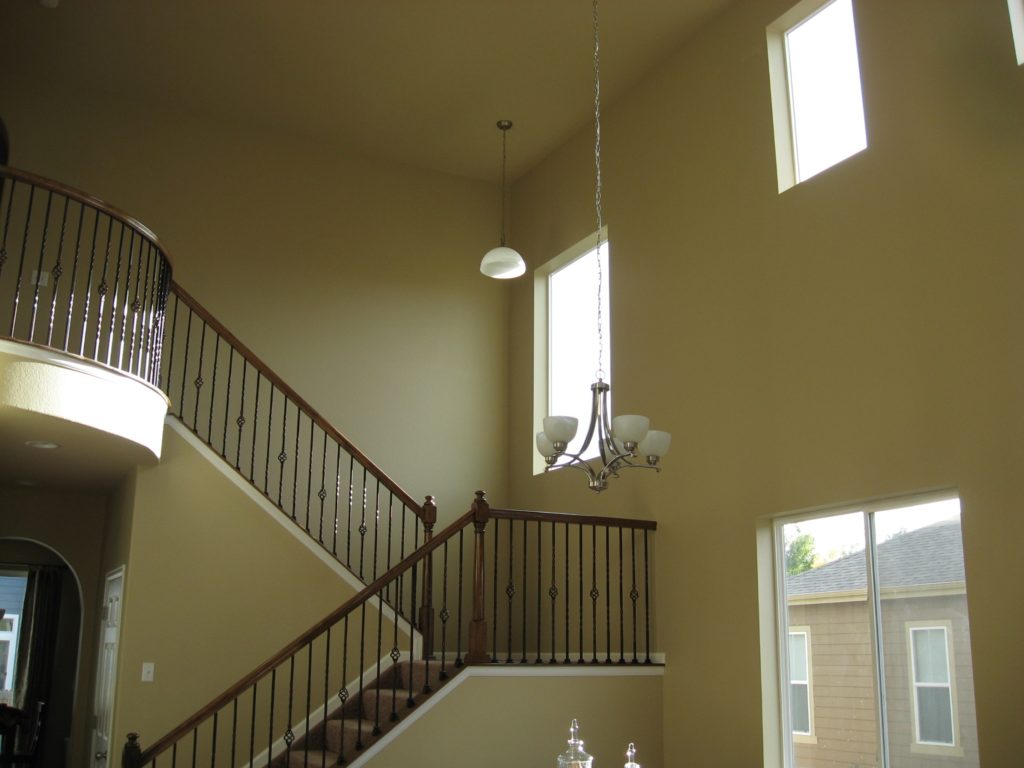
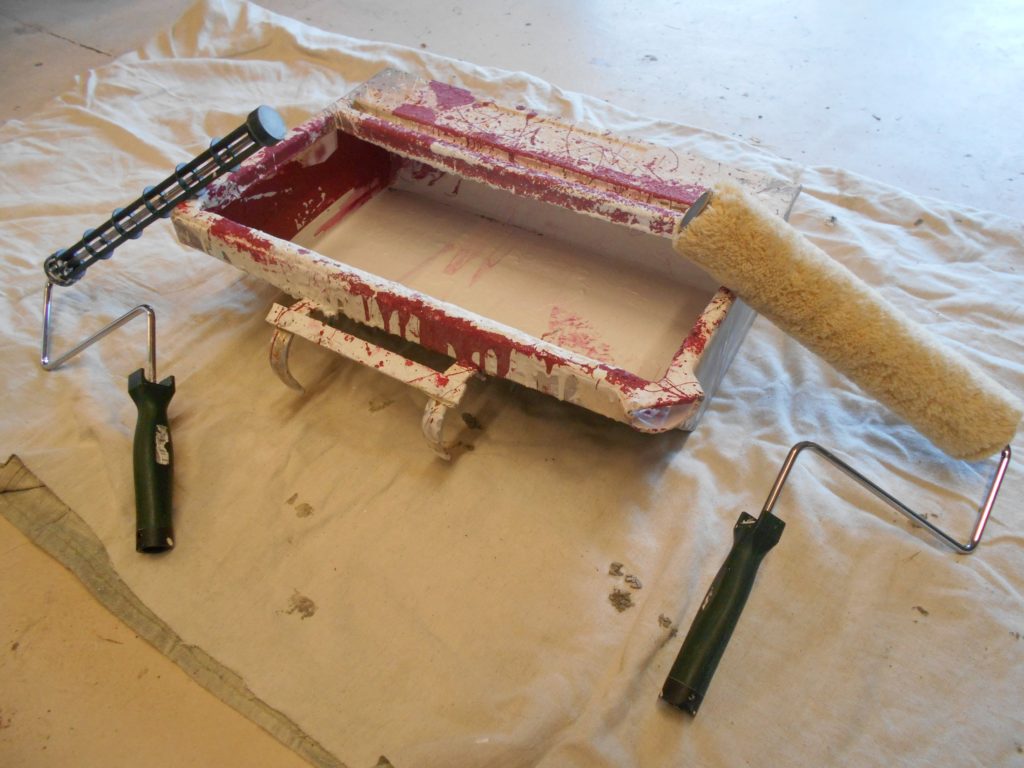


[…] any section of trim. Example of this is you start painting door casing, finish it, before stopping. Using long even brush strokes, will elevate any marks, lines, or streaks. Still easy, but tenuous work, no need to mask […]
[…] Best ceiling paint will leave no marks, lines, or lap marks, no matter what texture is used […]
Irresistible! Thank you so much for this kind and good service.your services is better than better.
I’ve read the article and previous posts and some of the points made are valid. But what I find is the paints are not made as good as years ago due to the VOC regulations which causes uneven drying. Yeah because of this companies are creating new resins etc…. but it’s not working, and for $83.00 per gallon and up for high version of paint, it should dry even.
[…] Quote from the source: … […]
[…] Quote from the source: … […]